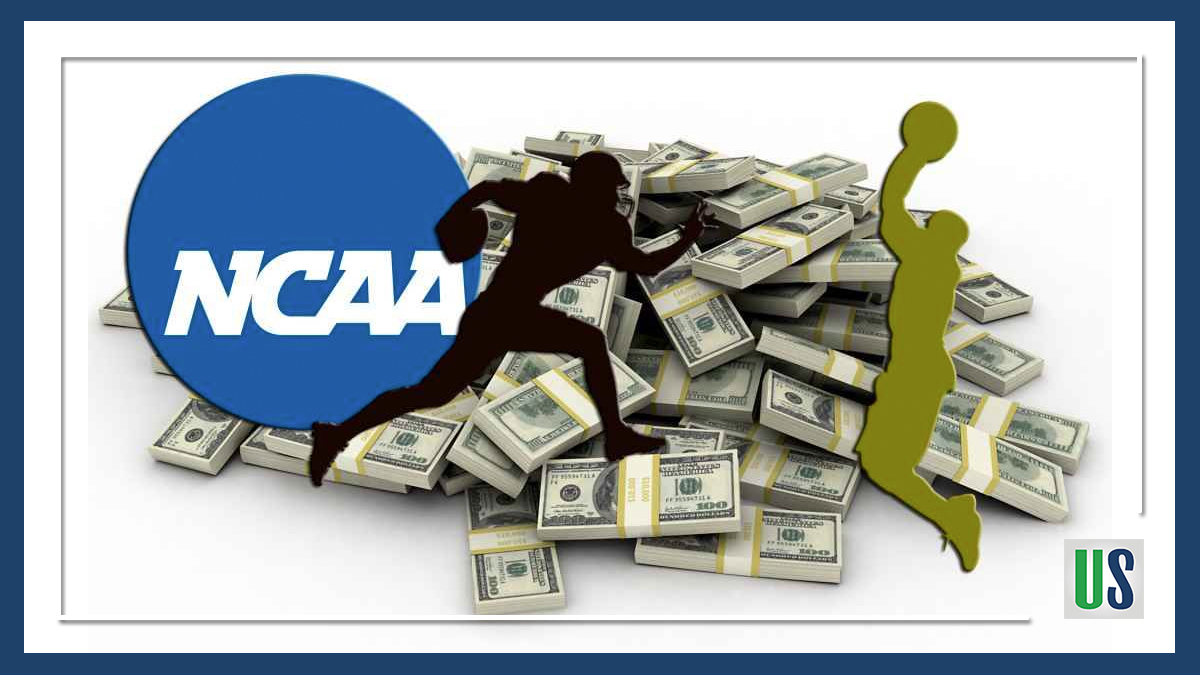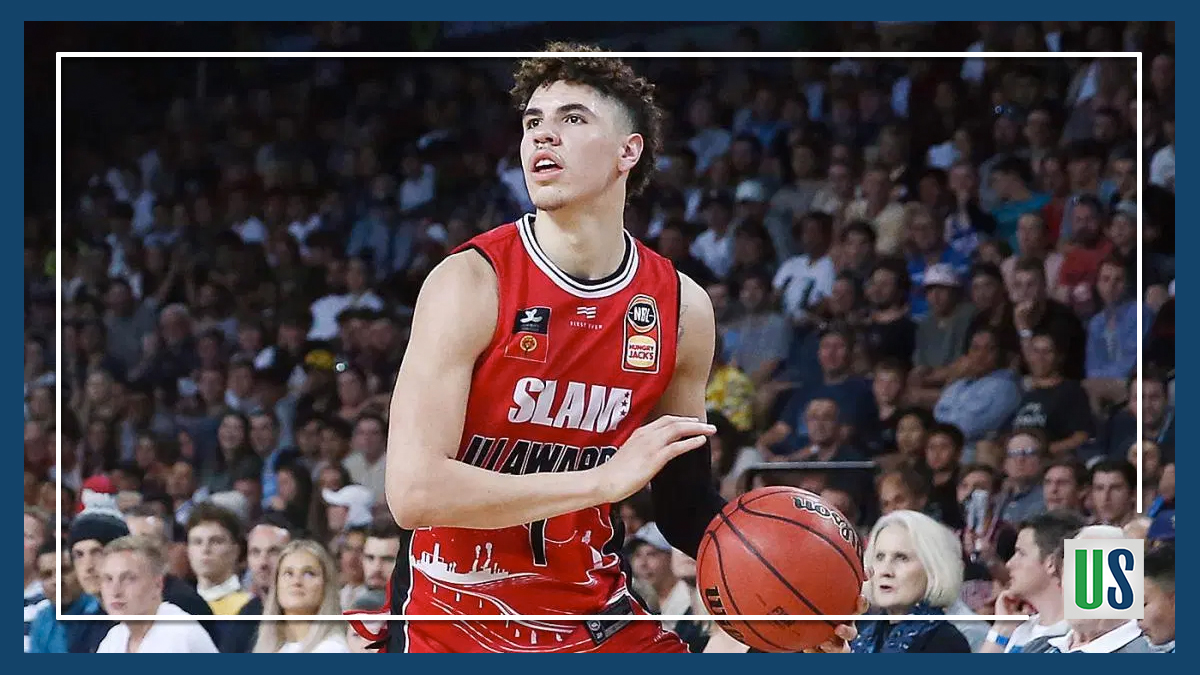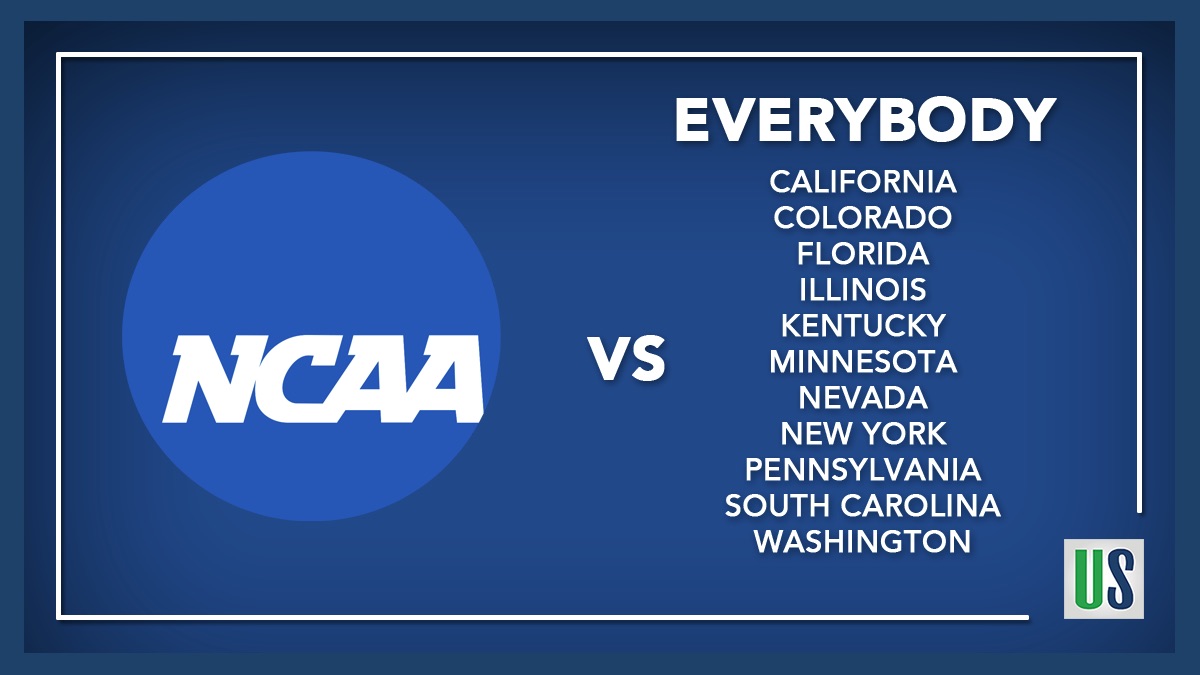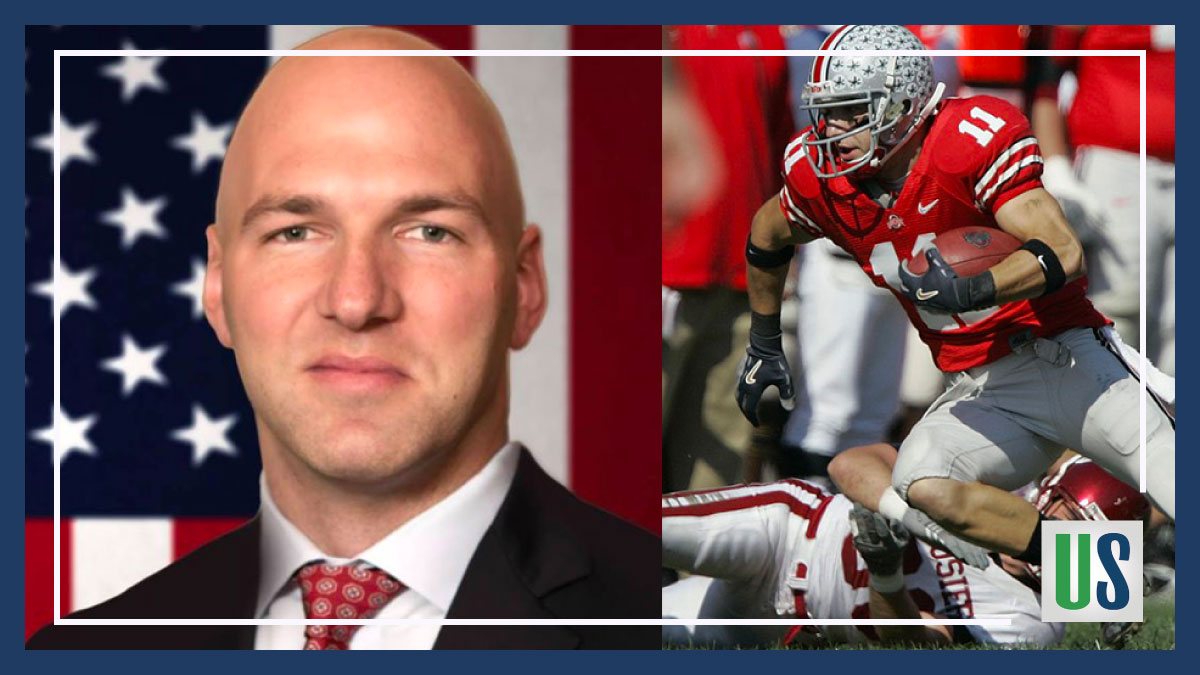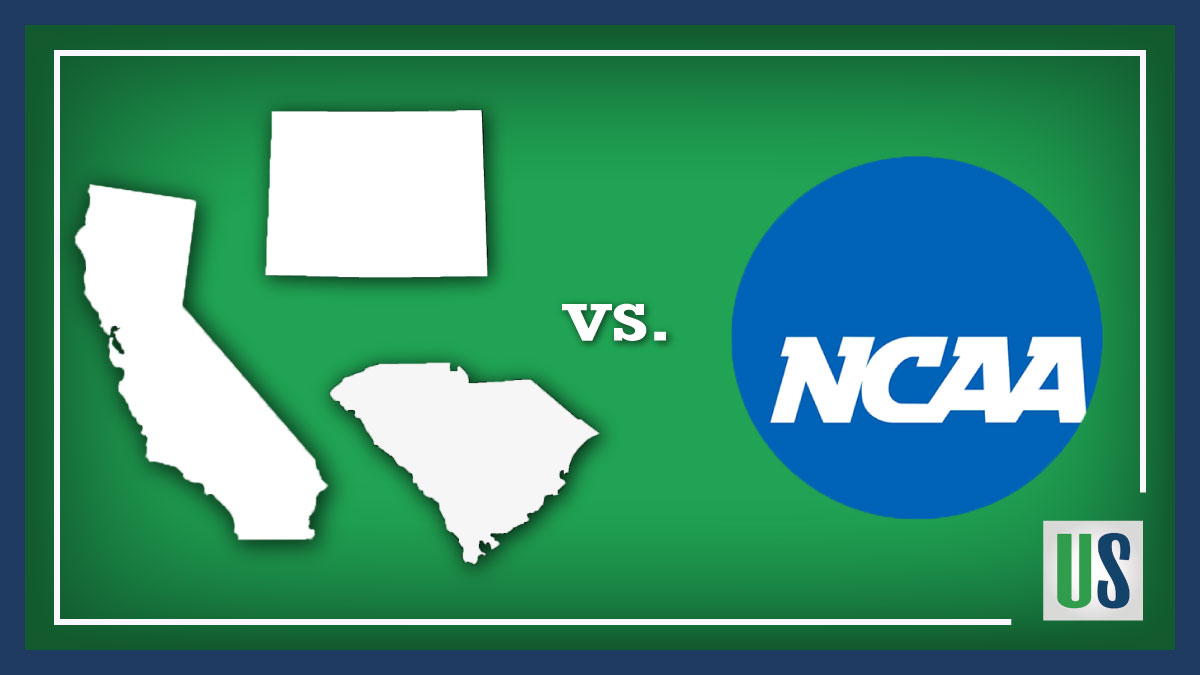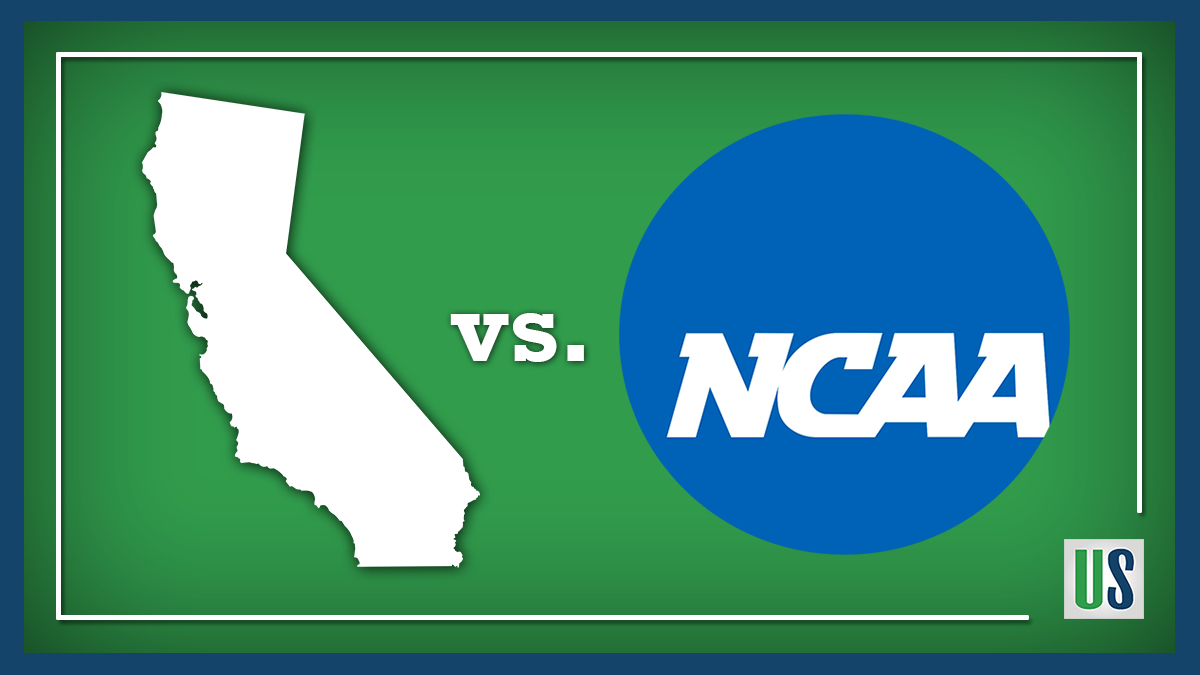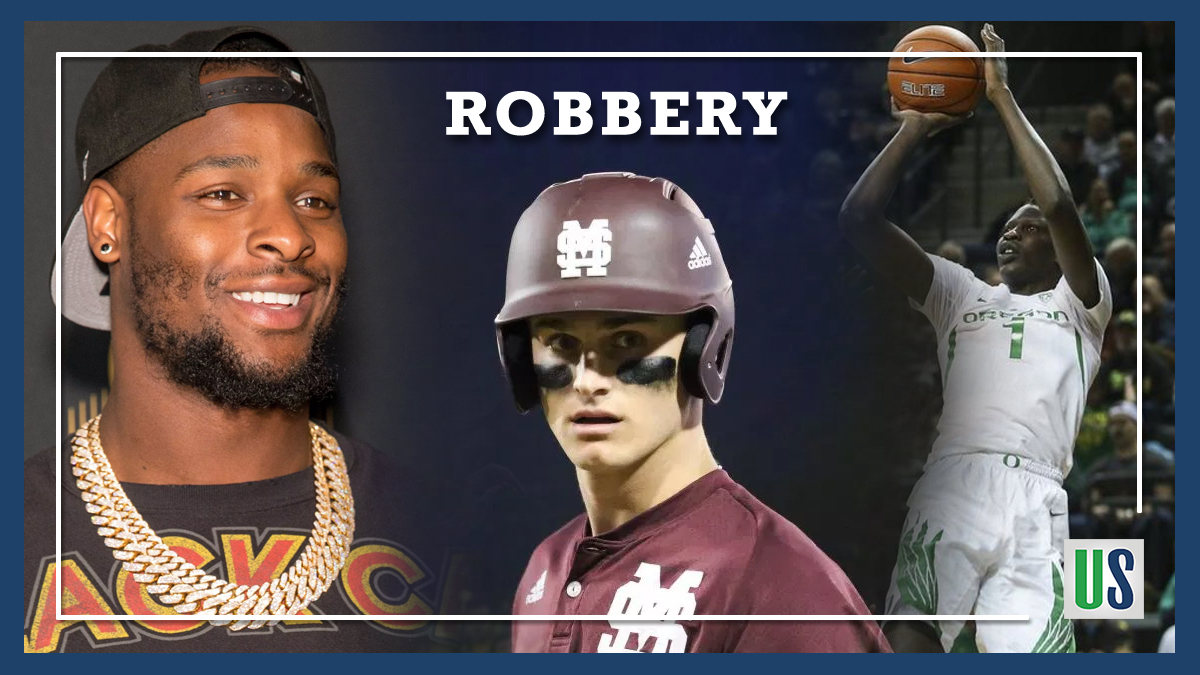Those who wonder why there is such a strong push for college athletes’ rights must look no further than the latest development in the Alston v. NCAA (Alston) case. In Alston, former and current college athletes challenged the NCAA’s amateurism rules on antitrust law grounds. Specifically, the plaintiffs challenged the NCAA’s rules capping grants-in-aid to cost of attendance. The plaintiffs argued that there were less restrictive ways that the NCAA could preserve amateurism. The District Court agreed. The District Court judge ruled that the NCAA could no longer restrict education-related benefits to college athletes. Then the court issued an injunction prohibiting the NCAA from doing so. Education-related benefits include items such as computers or musical instruments. However, the NCAA retained the ability to restrict non-education related benefits. Non-education related benefits include cash payments that may amount to pay-for-play.
Although the NCAA retained the right to prohibit pay-for-play in college sports, the NCAA appealed to the Ninth Circuit Court of Appeals. There, the three-judge panel affirmed the District Court’s decision. The appeals court was scheduled to issue the mandate precluding the NCAA from restricting education-related benefits to college athletes on July 8, 2020. However, on July 6, 2020, the NCAA sought to have the appeals court stay the injunction. The NCAA wants to stay the injunction so they can petition the case to the United States Supreme Court. That is right! The NCAA does not want to allow college athletes to receive extra educational benefits for their athletic prowess. For those who may not understand why there is such a big push for college athletes’ rights, the NCAA actions in the case are precisely why.
This Case Proves yet Again that the NCAA Cares More About Protecting College Athletics Revenue than Protecting College Athletes
The NCAA does not want to allow its “student-athletes” to receive unlimited educational benefits. They would rather spend time and resources petitioning this case to the Supreme Court. It is amazing how the NCAA can put so much energy into this but leave the schools to fend for themselves in regards to COVID-19 and college athletics. Since the NCAA allowed voluntary workouts to resume on June 1, 2020, athletes at several schools have tested positive for the virus.
With no leadership from the NCAA, Schools are essentially creating a patchwork of guidelines and rules to address COVID-19 and resuming college athletes. However, the NCAA advocates tooth and nail that a patchwork of various state laws addressing college athletes’ names, images, and likenesses will not work and will lead to confusion. COVID-19 has already claimed the lives of over 130,000 Americans. Somehow the NCAA thinks schools should be left to their own devices and handle COVID-19 on their own.
The NCAA’s lack of a unified response has led schools to create documents that amount to a liability waiver for COVID-19. Athletes are required to sign them if they want to resume their sport. Some schools like Ohio State University claim that the document is not intended as a legal document. However, there is plenty of language in the documents that could have legal significance later on. COVID-19 could have a direct effect on college athletes’ health and wellness. The NCAA is again seeing its way out of issues related to athlete health and well-being. However, the NCAA is remaining steadfast in its quest to ensure that college athletes do not receive anything more than the NCAA wishes to give them. That is precisely what the NCAA is doing in its quest to petition Alston to the Supreme Court.
What Exactly is the NCAA Hoping to Achieve by Staying the Injunction to Petition Alston to the United States Supreme Court?
It appears that the NCAA wishes to have the Supreme Court rule that the NCAA’s amateurism rules should not be subject to scrutiny under antitrust law. This should come as no surprise. The NCAA has made it clear that they do not want to be subject to antitrust law anymore.
The NCAA’s Attempt to Persuade Congress to grant it an Antitrust Exemption
In April, the NCAA asked Congress for an antitrust exemption. They made this request when they released their name, image, and likeness report. In the report, the NCAA addressed the numerous antitrust lawsuits that the NCAA has faced over the years. The NCAA essentially plead to Congress that the lawsuits impede the organization’s ability to address the pressing issues facing college athletics. Accordingly, the NCAA wants Congress to grant it an antitrust exemption. If that does not work out, the NCAA appears to be seeking a similar result from the United States Supreme Court.
The NCAA is Planning to Persuade the Supreme Court that any Challenge to Amateurism Rules Based on Antitrust Law Must Fail
Generally, there are three circumstances in which the Supreme Court will review a case. One is where a lower court decision conflicts with a Supreme Court decision. Another is where there are two more conflicting decisions amongst the Circuit Courts of Appeals or a state court of last resort. The third is where the issue involves important questions of federal law. The NCAA asserts that the Ninth Circuit’s ruling conflicts with the rulings of the Supreme Court. The NCAA also asserts that the Ninth Circuit’s ruling conflicts with three other Circuit Courts of Appeals. Specifically, the NCAA argues that the Ninth Circuit’s ruling conflicts with the Supreme Court decision in NCAA v. Board of Regents of the University of Oklahoma.
Brief Summary of NCAA v. Board of Regents of the University of Oklahoma
In that case, the University of Oklahoma Board of Regents sued the NCAA over television broadcasting rights. The University of Oklahoma Board of Regents argued that the NCAA’s rules regarding the broadcast of college football games violated federal antitrust law. The Supreme Court found that the NCAA’s television broadcasting rules did in fact violate federal antitrust law. While the NCAA lost, the Court acknowledged that the “NCAA plays a critical role in the maintenance of a revered tradition of amateurism in college sports“. The Court further stated that the NCAA “needs ample latitude to play that role“. It is exactly this language that the NCAA plans to amplify when they petition Alston to the Supreme Court.
The Bulk of the NCAA’s Motion Centers on The Aforementioned Points
In their motion, the NCAA asserts that the Ninth Circuit’s ruling conflicts with the Supreme Court’s aforementioned assertions in the Board of Regents case. The NCAA also asserts that the Ninth Circuit’s ruling conflicts with the Third, Fifth, and Seventh Circuits rulings on similar issues. Those circuits have all held that since the NCAA “needs ample latitude” to preserve college sports that any challenge scrutinizing the NCAA’s amateurism rules conflicts with the Board of Regents’ decision. The NCAA argues that the Ninth Circuits ruling in Alston creates a split between the circuits that it wishes the Supreme Court to resolve.
The NCAA also asserts that there are important questions of federal law to be resolved. They further assert that the injunction will cause irreparable harm to college athletics in terms of budget and competitive balance.
Hopefully, The NCAA is Not Granted a Shield Against Antitrust Law
Hopefully, the NCAA is not granted any antitrust law protection. After all, it is one of the only avenues current and former college athletes have to advocate on their behalf. It was not until the O’Bannon case that the NCAA agreed to allow college athletes to receive scholarships up to the cost of attendance. The O’Bannon case was bought on federal antitrust law grounds. The case gave current and former college athletes one of their biggest wins yet. College athletes must retain the ability to advocate for their rights. It is for these reasons that there is such a big push for college athletes’ rights. The NCAA clearly cares more about protecting capitalism, not doing what is best for college athletes.

